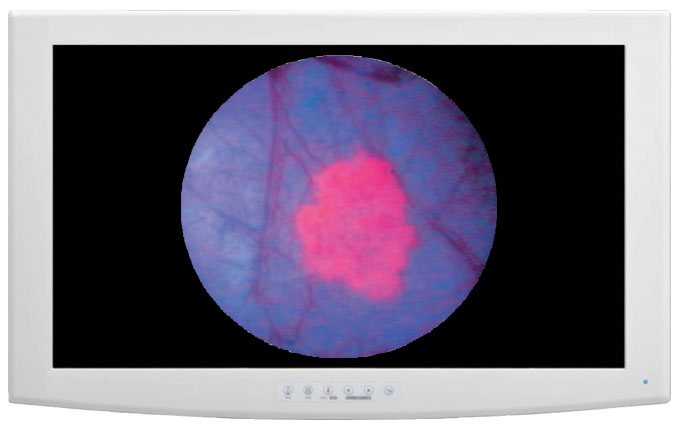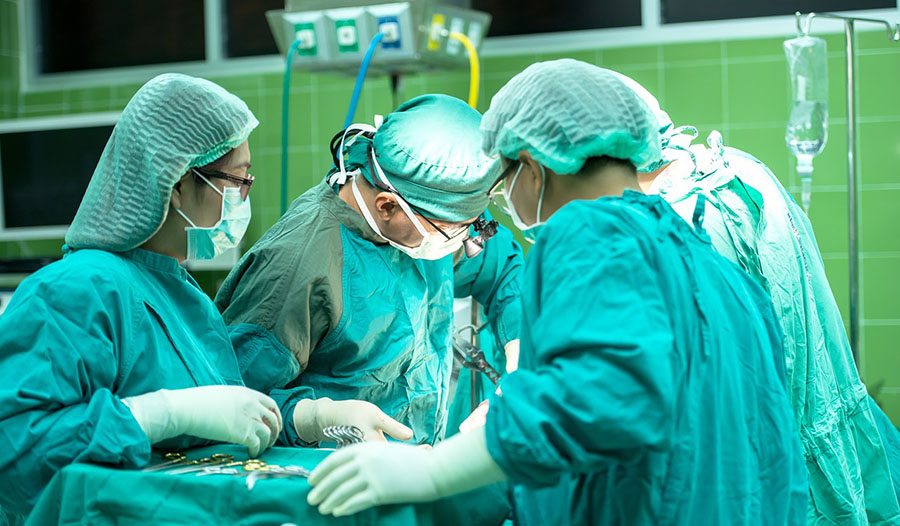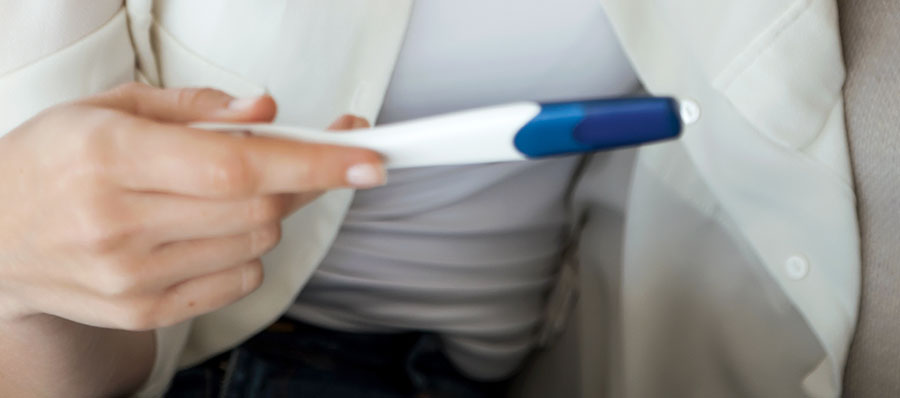As new high-tech advances go, you'd be hard-pressed to find one that will have as much impact as this.
3-D printing has now reached critical mass, on its way to what I believe will become a $1 trillion industry in a few short years.
Along the way, it will change everything, from how airplanes and medical implants are made to how we build our homes. . .
And we can only guess what else.
Indeed, three recent breakthroughs in particular are pushing the sector in new directions. They could affect the mass customization of consumer products and even lead to the day when doctors will "print" replacement organs on demand.
I first wrote to you about 3-D printing last March (you can read that report here). I explained that these printers are like "desktop factories" that could change our manufacturing model forever.
Here's how I described the technology itself:
"Technically, you don't really "print' a new product, though the process is similar. Rather than putting ink on paper, the system creates the product by adding thin layers of special polymers and some metals. This is cutting-edge high tech that is destined to become big business. I believe it is the 21st century equivalent of the laser printer and the dawn of desktop publishing in the 1980s that changed the entire print industry."
In recent weeks, I've become even more convinced that 3-D printing will play a vital role in the Era of Radical Change. The sector has produced a new series of amazing breakthroughs that will change the world around us.
Here are three you need to know about today. . .
3-D Printing Advance No. 1: Better Engineered Living Tissue
Scientists have tried for years to come up with a simple way of engineering living tissue.
No doubt that would be huge - doctors could simply "grow" a new heart or liver using the patient's own cells.
No, we are not there yet. But 3-D printing has gotten us much closer to the dawn of real bioengineered tissue.
A team at the University of Pennsylvania recently made vascular networks from a substance that forms most of the organic biomass on the planet - sugar.
This is a vital milestone because organs have complex 3-D blood vessel networks impossible to recreate in the laboratory.
To overcome this roadblock, the Penn team turned the bioprinting process inside out.
Rather than start by printing tissue and slowly adding more layers, they began with the arrangement of the blood vessels themselves. They designed free-standing 3-D filament networks in the shape of a vascular system that sat inside a mold.
The process resembles lost-wax casting, a technique that has been used to make sculptures for thousands of years. This approach allowed the team to remove the mold and vascular template once the cells were added and had formed a solid tissue.
Team members created gels containing primary liver cells to test whether the technique could improve their function. When the researchers pumped nutrient-rich media through the gel's vascular system, they found the entrapped liver cells showed signs of cell function and health.
Though these engineered tissues didn't work like real livers, the team used cell densities they say approached "clinical relevance."
This suggests that a printed vascular system could help pave the way for lab-grown organs that will indeed work inside the human body.
3-D Printing Advance No. 2: "Magic Arms"
This technology has been nothing short of a godsend for a two-year-old "Emma."
She was born with a heartbreaking rare disease. It's called arthrogryposis. The name stems from a Greek word that means curved or hooked joints. The congenital disease makes it almost impossible for her to raise her arms on her own.
But with a 3-D-printed exoskeleton, Emma can use her arms.
A team at the Nemours/Alfred I. duPont Hospital for Children found that with 3-D printers they could make a lightweight and flexible working prosthetic for Emma. Technically, the system is named the Wilmington Robotic Exoskeleton but is called WREX for short. The team had earlier created WREX for use with kids as young as six.
Because it's a 3-D-printed system, Emma's support team can make a new one in no time flat, should she either break it or simply outgrow the device. In fact, she is now on the second unit, which the little girl refers to as her "magic arms."
You can see a video of the system in use here. It comes from Stratasys Inc., a leader in 3-D-printing system that focuses mainly on business clients. As I see it, we are on the verge of having 3-D-printed prosthetics for kids and adults. The new artificial limbs will take less time to make and will fit much better.
Not only that, but they will be "smart," as well. The printing process will allow doctors to install onboard electronics that make for much more realistic artificial limbs.
3-D Printing Advance No. 3: Making Objects Much Stronger
As much as I believe 3-D printing technology is the wave of the future, it does have one flaw - objects made on lower-priced models often prove fragile. They can lose their shape or, in too many cases, simply break.
But a team from Purdue University and Adobe Systems Inc. (NasdaqGS:ADBE) hopes to change all that. They recently developed a computerized system that automatically adds strength to objects before they are printed.
This could have a wide impact on the entire field, but in particular for taking this tech to the masses. Low-priced printers run as little as $1,300 but don't produce commercial-grade products.
For its part, the Purdue-Adobe team says its software application adds new strength to objects either by increasing the thickness of key structural elements or by adding struts. The tool also employs a third option - it reduces stress on some items by simply hollowing out overweight areas.
"You can go online, create something using a 3-D printer and pay $300, only to find that it isn't strong enough to survive shipping and arrives in more than one piece," said Adobe's Radomir Mech. But with the new system, he added, "we not only make the objects structurally better, but we also make them much more inexpensive. We have demonstrated a weight and cost savings of 80%."
Future research, the team said, may focus on getting a better understanding of how the layered nature of 3-D-printed objects affects structural strength.
Team members may also expand their approach to include printed models that have moving parts. Since so many objects do in fact have moving parts, this could have a huge impact on the market for 3-D-printed consumer goods.
Of course, the U.S. remains the clear leader in 3-D printing. The technology will help everyone live longer and healthier lives, and it will transform manufacturing as it brings jobs back to the U.S.
Now, what could be better than that?
Michael Robinson
Money Morning


























































